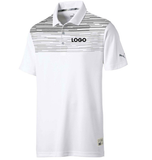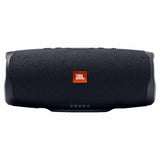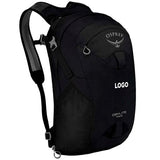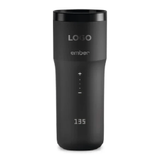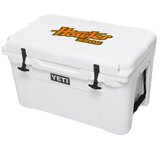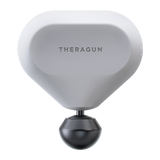How to Create Sales Incentives Plan
How to Create Sales Incentives Plan
Sales incentive plans are a fun and rewarding way to get your sales team more engaged and motivated to produce more revenue for your business by offering sales incentive rewards in the form of compensation or prizes. Sales incentive programs have been an effective strategy for decades, so let’s take a closer look at how they work and how you can plan an effective sales incentive program for your company.

Types of Sales Compensation and Sales Incentive Plans
Commission-Based Sales Incentive Plans
A straight commission plan pays employees a percentage of the total sales that they generate. This is the most popular type of sales incentive plan because it directly rewards high-performing salespeople and businesses only pay salespeople for what they sell. However, this can come at a financial risk to the employee because if they sell little to nothing, then they will receive little or no compensation under these plans.
Salary-Based Sales Incentive Plans
Salary based incentive plans pay employees a set compensation regardless how much they sell. The main issue with this structure is that salespeople may not be as motivated to sell as much as possible if it doesn’t increase their compensation. However, sales teams on salary-based compensation plans are more likely to collaborate and spend more time providing quality service to customers.
Mixed Commission and Salary Sales Incentive Plans
Most companies decide to use a mixed salary-commission compensation plan to capitalize on the benefits provided by both commission based and salary-based compensation plans.
Sales Incentives and Rewards Plans
Sales intensive plans are offered as an additional form of compensation to encourage sales teams to achieve a greater output of sales. Sales incentive plans are usually run for a finite amount of time but can also last an entire quarter or fiscal year.
7 Steps to Planning an Effective Sales Incentive Program

1. Determine What Outcomes You Want to Motivate with Your Incentive Plan
You should start your planning by figuring out what behaviors you want to motivate and what outcomes you want to achieve with your sales incentives plan. Sure, almost all sales incentive programs have the goal of generating more sales but take it a step further. Maybe you want to focus on increasing sales of a certain product or service. Maybe you want to put an emphasis on selling to a certain industry or sector. Make sure to iron out all of the details.
2. Decide Who is Eligible for Your Sales Incentive Plan
In the step you’ll need to decide what roles will be eligible to receive rewards from your sales incentive plan. Some companies will only reward their account executives or those who directly make the sale. Other companies will set up incentives across the sales team or greater revenue team. In addition to your account managers, you can also incentivize sales leadership, business development representatives, and your marketing team.
3. Clearly Define Incentive Program Rules and Criteria
Make sure to have the rules of your sales incentive plan clearly defined before launch, including metrics, benchmarks, rewards, compensation, and maximum rewards. Participants should have a clear understanding of what they need to accomplish to hit each tier of incentives, what they receive for hitting goals, and if there is an incentive cap.
4. Determine What Performance Metrics Trigger Incentives
In this step you’ll need to decide what performance metrics you want to reward, and the quantity of each metric required to hit each tier of your incentive program. Metrics commonly used in sales incentive plans include total revenue sold, total number of sales, percentage of quota achieved, and total number of meetings or demos booked.
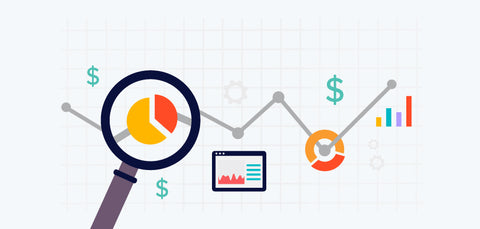
5. Customize Incentives for Different Roles
Different roles come with different key indicators of success; therefore, your sales incentives plan should also be tailored to each role that’s eligible for rewards in your program. For instance, BDRs might be incentivized for booking demos for their account executives, while account executives are incentivized for converting those demos into sales. Sales leadership can also be incentivized based on total sales team output.
6. Determine Your Sales Incentive Plan Rewards
There are a few ways you can structure your sales incentive plan rewards. The first is monetary compensation – offering a certain dollar amount or increased percentage of sales. For instance, a BDR might receive $100 for booking 10 demos, $500 for 50, and so on. Another example is a salesperson receiving a higher commission percentage when they reach each tier of your sales incentive plan.
The other popular way to structure a sales incentives plan is to assign certain rewards prizes for each tier of your rewards program. The value of the rewards prizes increases at each level of your incentive program. Most companies choose to reward salespeople with custom logo apparel and gifts but top tier prizes can include paid vacations or even a promotion. Check out the sales incentive plan reward ideas below, including custom apparel and corporate gifts available with your company logo.
Sales Incentive Reward Ideas
Tier 1 Sales Incentive Program Rewards Prize Ideas
Tier 2 Sales Incentive Program Rewards Prize Ideas
Tier 3 Sales Incentive Program Rewards Prize Ideas
7. Monitor Results and Track Effectiveness of Your Sales Incentive Plan
Always monitor the results of your sales incentives programs closely to determine if they were successful so you can adjust for future plans. Look at the increase in your sales or goal outcomes during your sales incentive program compared to the previous period and year over year. You should also consider the costs of the incentives and rewards prizes to determine the return on investment for your incentive program.



